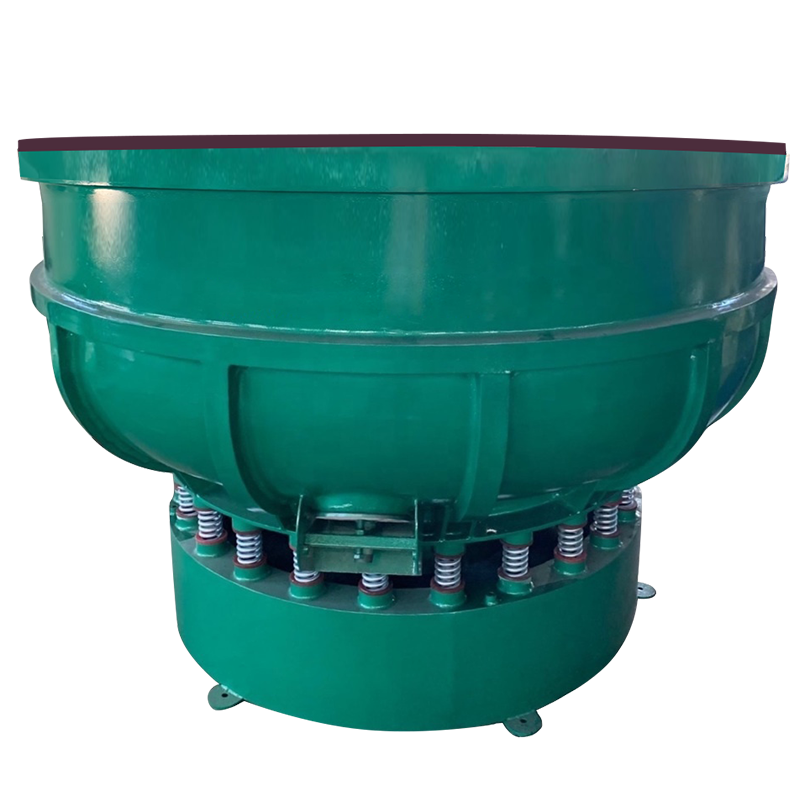
The vibrating grinder is suitable for polishing and grinding large quantities of small and medium-sized parts, improving work efficiency by 6-10 times.
The vibrating grinding process does not destroy the original size and shape of the parts.
The vibration grinding machine can realize automation, unmanned operation, and easy operation. During the working process, the processing status of the parts can be checked at any time.
The inner lining of the vibrating grinder is mainly red polyurethane (ie PU glue) and black rubber. Polyurethane glue has good wear resistance and acid and alkali resistance, and the price is relatively expensive. Rubber has poor abrasion resistance and its price is more affordable.

Grinder technical operating procedures
1. Operation steps:
First, place the desired grinding point of the sample at an angle to the grinding wheel. Then move the sample evenly during grinding, so that the force on the grinding place of the sample is equal. Check from time to time during final grinding.
2. Maintenance steps, essentials and maintenance cycle:
First, add oil before starting the machine every day to increase the lubrication between the sliders. Then dry the oil and dust off the machine when you get off work. After Z, check whether the machine will leak electricity.
3. Ways and steps to replace the grinding wheel or other grinding tools:
First turn off the power. Then remove the replacement part and replace it with a new part to fix it. After Z, try to convert the parts to see if they will shake.
4. Troubleshooting (when the machine does not turn or leaks):
First check the power switch and wiring. Then check the motor and line connections. Repair the motor after Z.
5. Operation safety requirements:
First of all, workers need to concentrate on their work and not be distracted. After Z, the operator must obey the cadre's arrangement and guidance to operate the machine tool.